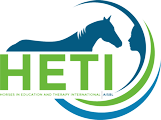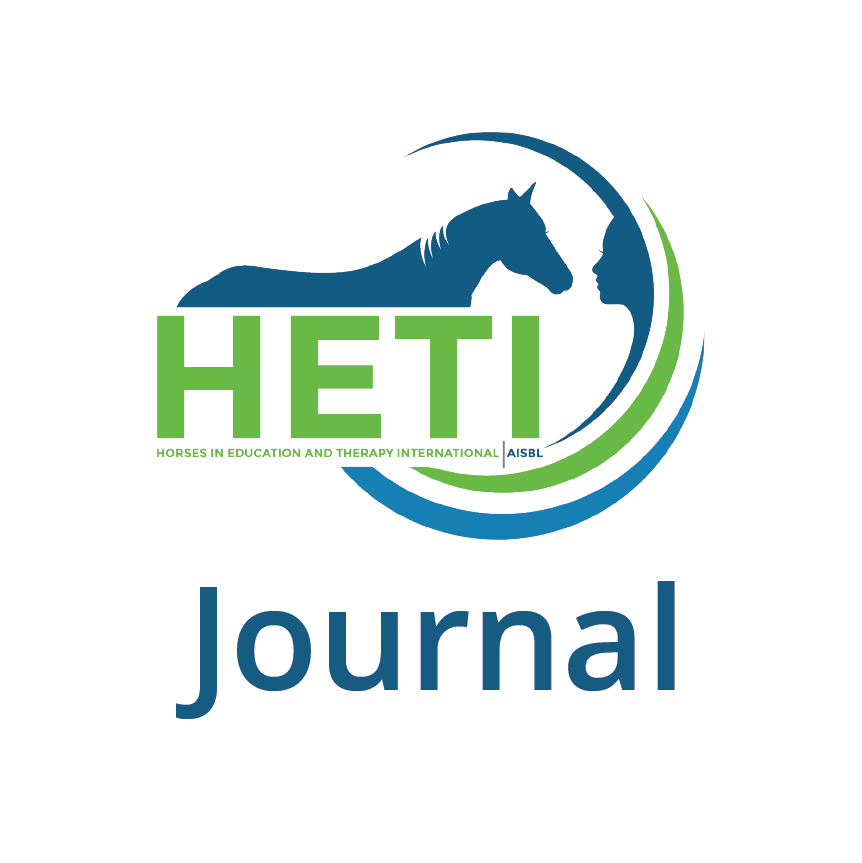Equine-Assisted-Psychotherapy in Youth Exposed to Adverse
€15.00
| Author | Inês Pereira-Figueiredo, Selçuk Akpınar, Kürşat Özcan, Consuelo Sancho- Sanchez |
|---|---|
| Year | 2025 |
| DOI |
Over the past decades, there has been a growing interest in including animals in therapeutic settings, for individuals with mental
health issues. Among these methodologies, equine-assisted psychotherapy (EAP) has emerged as an innovative approach that includes
equines in the therapeutic process. EAP appears particularly efficient for young people exposed to adverse childhood experiences.
Despite the promising results, it remains unclear whether such programs benefit youth with a history of psychological trauma. To
address this gap, this review aimed to collect the latest published works focusing on EAP for treatment goals regarding emotional,
social, or behavioral recovery, and to examine their methodological rigor. Five relevant databases were utilized in the search of full-
text articles published between January 2000 and August 2024 - addressing the incorporation of equines in EAP of young people
(between 6 and 25 years old) who have experienced abuse, violence, or psychological trauma. The search excluded articles that lacked
well-defined treatment programs or focused on physical treatments and limited the results to scholarly journals. The initial search
results produced a total of 924 articles. After removing duplicate results and separation based on inclusion-exclusion criteria, the
remaining nine research articles were included in the quantitative synthesis. The literature showed that EAP holds much promise for
youth with a history of trauma or abuse, however, a lack of methodological rigor was found across the publications collected,
including inconsistencies in the concepts used; the variability in participants, designs, and settings of the programs; minimal use of
randomization or control groups; and lack of reliability. The implications for future research are discussed, including the need to
address discrepancies in the program’s descriptions and reporting outcomes.

